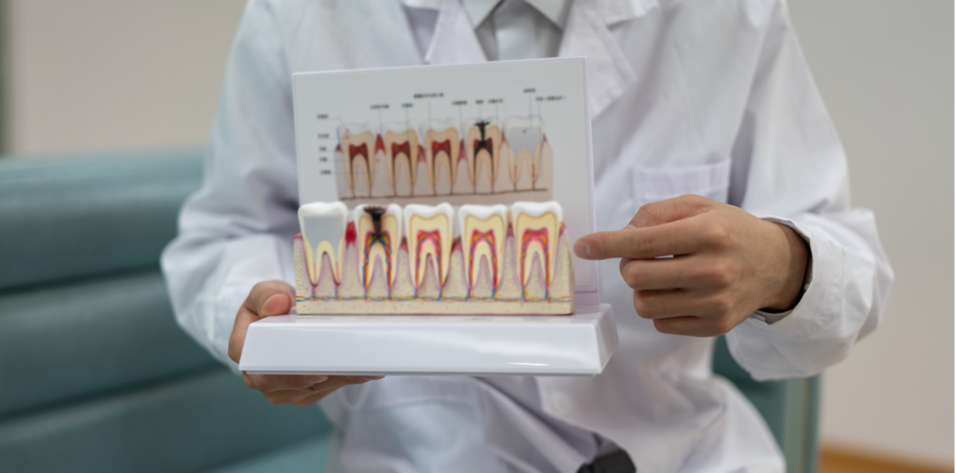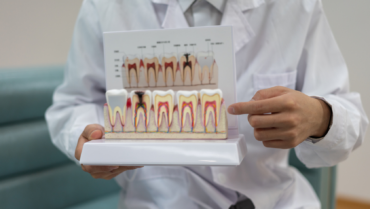
When visiting the dentist, I am consistently impressed by the system’s efficacy in maintaining oral health—keeping teeth clean, functional, and aesthetically pleasing. This level of care is underpinned by a culture that values functional oral hygiene, supported by skilled hygienists, insurance models that prioritize preventive treatments, and a comprehensive educational system—often containing a hint of fear-based motivation. Dentists have mastered the use of specialized treatments, such as ultrasound for clean teeth—at less than $150 per visit—leading to an exceptional patient compliance rate. This dedication begins early, with school programs teaching oral hygiene techniques and basic dental knowledge. Personal care routines—brushing twice and flossing at least once daily—are ingrained from a young age.
In eye care, we have overlooked a crucial opportunity, to the detriment of our patients, surgical outcomes, and professional efficiency. Our current system presents a mismatch in specialty and approach. It is like asking an orthodontist to oversee routine oral hygiene. It is high time that eye care mirror the transformative wave in dental care.
The current approach to lid hygiene is alarmingly passive and lacks the systematic rigor seen in oral care. Most patients are unfamiliar with even the basic techniques of lid maintenance, unaware of its importance for ocular health and the success of surgical interventions. We are in a preenlightenment phase. The need for change is urgent.
We must enable our technicians, through specialized training, to become lid hygienists who play a critical role in patient education and the delivery of essential lid care. Optometrists should proactively incorporate preventive lid treatments, such as heat therapies and lid scrubs, and make them as routine as annual eye exams. Ophthalmologists should advocate for early intervention in recognition of the significant benefits of preemptive care compared to correcting advanced conditions. Should the primary care (OD) community not fully engage, ophthalmologists (MDs) will need to establish dedicated lid hygiene centers for early-stage treatment.
The eye care industry itself must facilitate this shift. We need a sustainable business model that supports accessible in-office therapeutics that are economically viable for biannual treatments, which would be more effective for patient engagement compared to less frequent intervention. Advances in home therapeutics are crucial. Simple, affordable at-home devices and pharmacologic treatments—our equivalents to toothpaste and floss—that become part of everyone’s daily regimen are required.
Public awareness is an important piece of the puzzle. Taking a leaf out of the dental industry’s playbook, we should begin educating the public about eye health at a younger age by integrating fundamental knowledge about the eyes and the significance of lid hygiene into school curricula. The fear-based motivation successfully employed by dental health professionals, which uses stark imagery of the consequences of poor oral hygiene, could be equally effective in highlighting the dangers of neglecting eye care.
Embracing these changes could be a win-win for all. Patients would benefit from enhanced vision quality, an improved cosmetic appearance, and better overall eye comfort. Surgical procedures and pharmacologic treatments would generally have greater efficacy. It’s time for lid hygiene to become as regular and well managed as dental care for the benefit of our patients’ ocular health.




